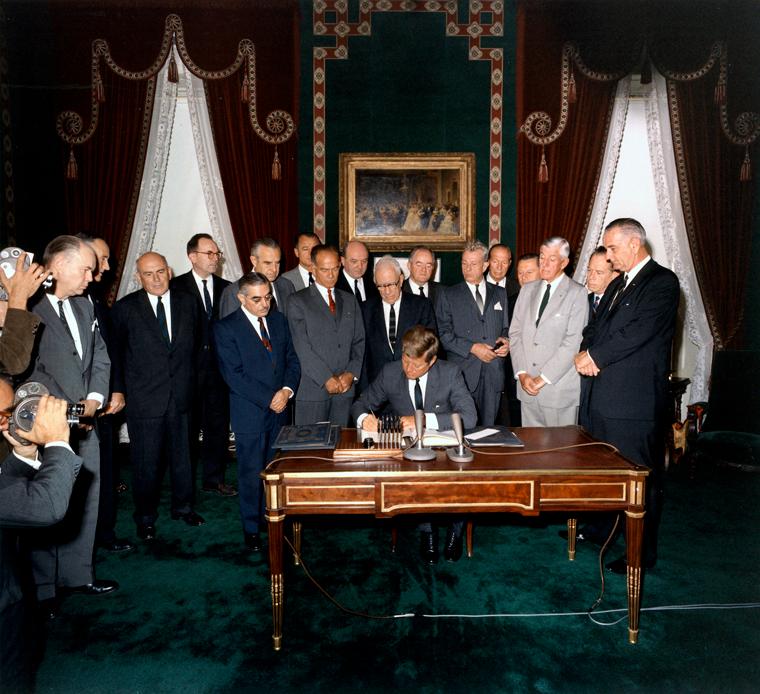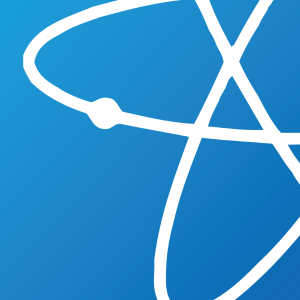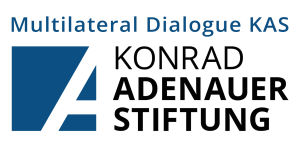The US and Soviet Union out of their pursuit of underground nuclear explosions for peaceful purposes and in light of the Partial Test Ban Treaty prepared the Threshold Test Ban Treaty (TTBT) in July 1974. It barred yields above 150 kilotons. In October 1975 negotiations began in Moscow for a companion agreement, the Peaceful Nuclear Explosions Treaty (PNET) permitting explosions above 150 kilotons, resulting in the Treaty on Underground Nuclear Explosions for Peaceful Purposes in April 1976.
The Soviet Union and the US both went to considerable lengths to investigate using peaceful nuclear explosions (PNEs) as a tool for civil projects. The US Operation Plowshare came close to excavating a harbour in Alaska. The Soviet Nuclear Explosions for the National Economy programme was used to extinguish gas well fires and created Lake Chagan in Kazakhstan. The Soviet Chagan (1965) and US Sedan (1962) tests both resulted in massive plumes of radioactive material and widespread contamination. The Chagan test seemed to be in violation of the 1963 Partial Test Ban Treaty (PTBT); the matter was never taken up.
Why It Matters
Both The TTBT and PNET were not ratified until 1990. Six years later the Comprehensive Nuclear-Test-Ban Treaty (CTBT) opened for signature banning all nuclear explosions and putting an end to the dream of PNEs.
Further materials:
https://2009-2017.state.gov/t/isn/5204.htm
https://lab2lab.stanford.edu/lab-lab/joint-verification-experiment





